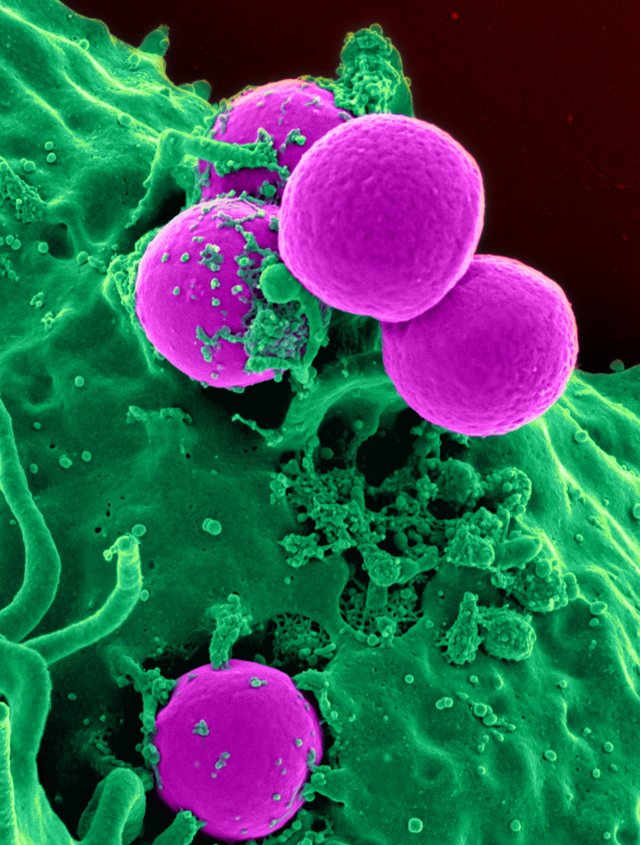What are the ways bacteria multiply?
Bacteria multiply methods include 4

main methods that differ in how they occur. It is worth noting that all methods of bacterial reproduction are asexual reproduction, and they are explained in detail as follows: Binary Fission ) or what is known as binary cleavage, occurs after the size and composition of the bacterial cell grows to nearly double, which allows one cell to divide into two identical cells as shown in the following figure:[1] It is indicated that binary fission occurs when the size of DNA doubles And the size of the bacterial cell alike, then the original DNA strands separate from each other, so that each one goes to one of the poles of the bacterial cell, followed by the separation of the cell body into two equal parts.
Binary fission is classified as a rapid reproductive process with a duration of 20-30 minutes since the beginning of reproduction, but the process becomes slower and requires a longer period of time; This is due to the accumulation of toxic substances in the cell and the consumption of its nutrients.
1__through conidia:
The process of reproduction takes place through conidia when the bacteria grow at the top (at their head) parts called spores
2__budding:
It occurs in a bacterial cell when it grows and swells on one side, gradually increasing in size until it is similar to the size of the producing bacterial cell
3__via output:
Or what is known as cysts, this type of reproduction occurs when the formed cells are deposited around the wall of the producing bacterial cell, so that these sediment cells act as a mother cell, and this type of reproduction is carried out by different types of bacteria, most notably nitrogenous bacteria
4__scrotum:
This type of reproduction occurred in bacterial cells that reproduce by spores during harsh environmental conditions characterized by widespread drought and low food availability for the bacteria.